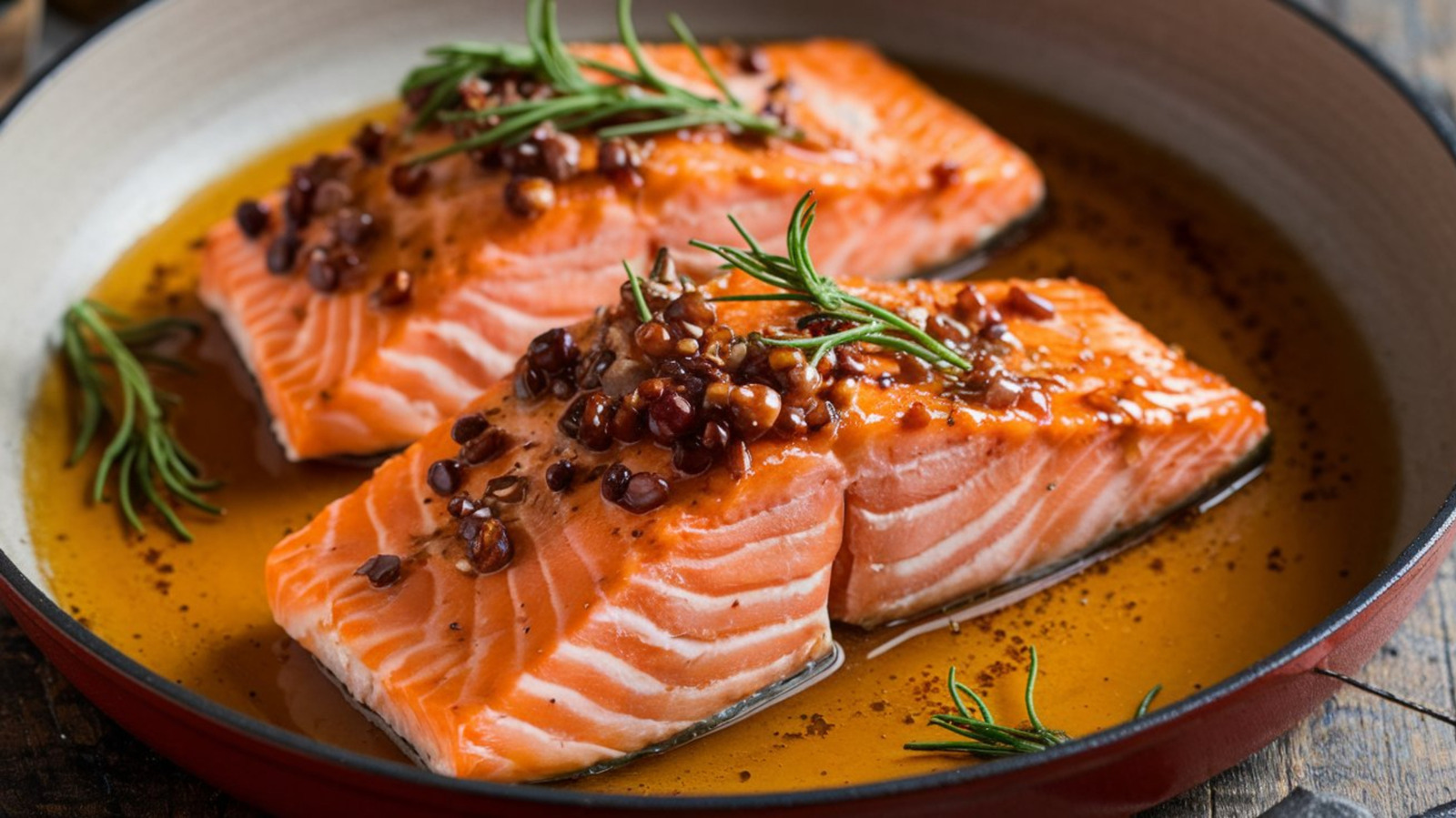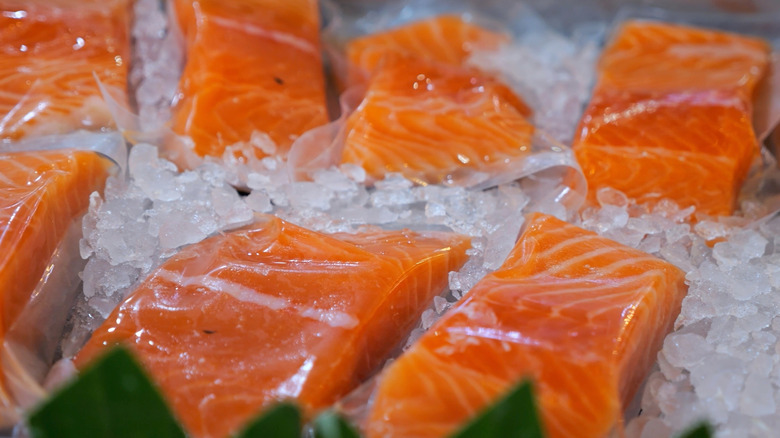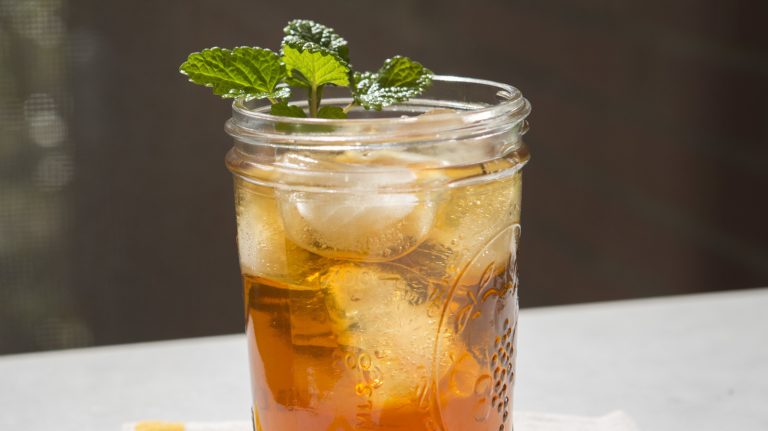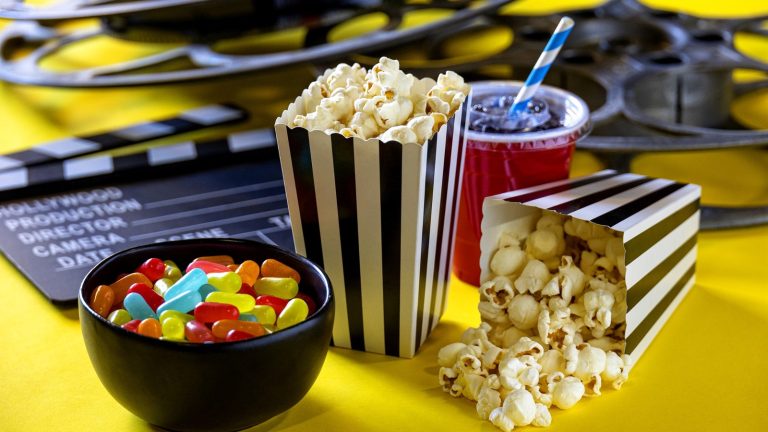By now, everybody knows the benefits of incorporating salmon into a well-balanced diet. It’s rich in protein, high in vitamin B12, and a source of omega-3 essential fatty acids known to reduce inflammation and improve brain function. However, when it comes to picking up salmon at the grocery store, the type of salmon you choose, and how it’s raised, matters.
It might be worth shelling out a few extra dollars for wild-caught salmon for both your own health and the health of the environment. Specifically, open-net, or open-pen farmed salmon may pose health risks related to elevated exposure to both dioxins, as well as harmful residues from antibiotics, which are used to control disease in the overly crowded pens. In addition, as they are in open pens that can have contact with wild animal populations, diseases can be spread among the fish more easily.
Dioxins, also known as one of the “forever chemicals” heard about in recent years, are environmental pollutants that accumulate in the food chain, and they are acquired by both farmed and wild salmon when they eat fatty fish like anchovies and herring. Open-pen salmon are typically fed a diet high in fish meal and fish oil, meaning depending on where your salmon comes from, it could have significantly higher levels of toxins than wild salmon. Some salmon farms are moving towards using alternative feed to counteract the buildup of dioxins in the food chain, but it’s hard to know if your salmon is coming from one of these farms without doing some research.
What to look for when buying salmon at the grocery store
Though wild salmon is often marketed as such, the farmed variety sometimes provides no indication of its origin. Consumers are left to their own devices when it comes to researching where the salmon came from, and what the potential health risks may be. One way consumers can empower themselves at the fish counter is to learn the differences between wild and farmed salmon and understand how to pick out a healthy piece of salmon.
Generally speaking, the more vivid the color, the healthier the salmon. Wild salmon gets its vibrant color from the carotenoid called astaxanthin, which is present in the shrimp and krill they eat. The brighter the color, the more astaxanthin is present in the fish, and the more astaxanthin, the more antioxidants.
You may have heard the claim that farmed salmon is injected with dye, and while this is not true, what is true is that the feed often has astaxanthin added to it to help the farmed salmon develop a pink color that mimics the hue of salmon in the wild. Farmed salmon usually look more pink while wild have more of a bright orange/reddish color. If not for the astaxanthin added to the feed, farmed salmon would naturally have a grey color. You also want to look out for brown spots and any leaking fluids when picking out a piece of salmon, as these are clear signs that the fish is bad. Once you have the right piece picked out, you can then cook up a salmon meal with some delicious seasonings.






